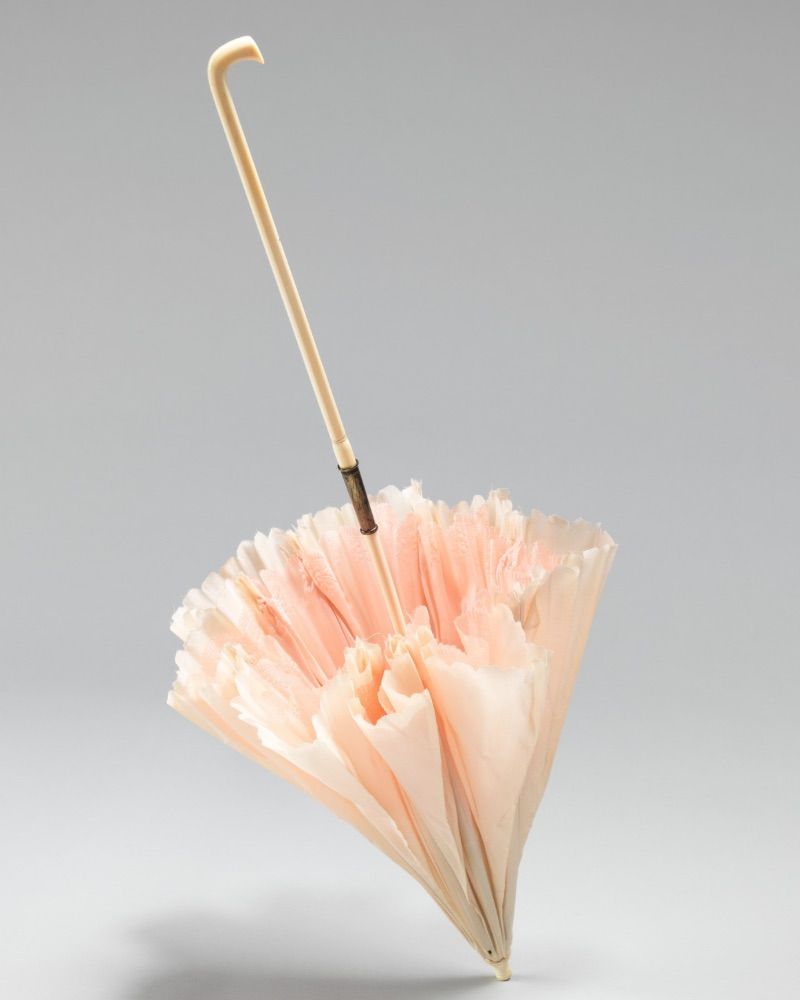Kirigami: The Art of Cutting and Folding Paper

When we think of origami, we often imagine intricate paper folds creating beautiful shapes without using scissors or glue. However, there is a fascinating variation of this art that embraces both cutting and folding—Kirigami. This unique paper craft allows for greater creativity and complexity, resulting in breathtaking designs ranging from pop-up cards to architectural models.
What is Kirigami?
Kirigami is derived from the Japanese words “kiru” (to cut) and “kami” (paper), meaning “cut paper.” Unlike traditional origami, which relies solely on folding, kirigami incorporates strategic cuts to create intricate and often three-dimensional designs. This technique allows for more flexibility, making it a favorite for artists, designers, and paper craft enthusiasts.
The Origins of Kirigami
Kirigami has deep roots in Japanese and Chinese paper art traditions. While origami was used for ceremonial and decorative purposes, kirigami was often employed to create elaborate paper decorations and religious symbols. In Japan, paper cutting was historically used for Shinto rituals and festive decorations, evolving into a refined artistic practice over time.
Types of Kirigami
Kirigami is used in various creative and functional ways. Some of the most popular types include:
1. Pop-Up Cards and Books
One of the most common uses of kirigami is in pop-up greeting cards and children’s books. By combining folding and cutting, designers create interactive, three-dimensional scenes that appear when the card or book is opened.
2. Architectural Kirigami
Architects and designers use kirigami to create miniature building models. These intricate designs showcase structural elements, making kirigami an excellent tool for conceptualizing architectural ideas.
3. Paper Snowflakes and Lace Designs
A popular form of kirigami involves folding and cutting paper to create symmetrical patterns, such as snowflakes, mandalas, and lace-like designs. These delicate creations are often used for decorations and window displays.
4. Sculptural Kirigami
Some artists take kirigami to the next level by crafting elaborate paper sculptures. These artworks use multiple cuts and folds to form detailed, free-standing figures of animals, people, or even landscapes.
How to Start with Kirigami
If you’re interested in trying kirigami, follow these simple steps:
- Choose the Right Paper – Use thin but sturdy paper, such as origami paper or cardstock.
- Use Sharp Tools – A precision knife or fine scissors will help achieve clean cuts.
- Start with Simple Designs – Begin with basic shapes like snowflakes or simple pop-up cards before moving on to complex designs.
- Follow Patterns or Create Your Own – Many kirigami templates are available online, but you can also experiment with your own designs.
Why Kirigami is Special
Kirigami combines precision, creativity, and craftsmanship, making it a versatile art form used in crafting, architecture, and even science. Scientists have studied kirigami principles to develop foldable medical devices, flexible electronics, and even space structures.
Kirigami is more than just cutting paper—it’s an expressive and innovative art form that blends tradition with modern creativity. Whether you’re making pop-up cards or intricate sculptures, kirigami offers endless possibilities for artistic exploration. So grab a sheet of paper, some scissors, and start creating your own masterpiece today!